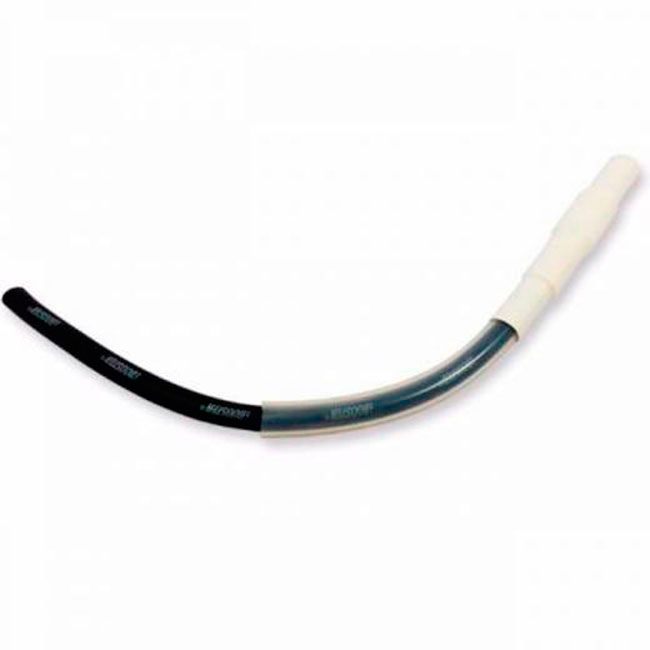

On EVs and hybrids, this means the “grabbiness” occasionally associated with braking can be mitigated and perhaps even eliminated. “But for hybrids and electric vehicles and even for vehicles with higher weight, then it makes sense.”īecause it is compatible with all powertrain configurations, Steiger says the system is particularly valuable in allowing auto makers to avoid having to predict a specific model’s powertrain mix.Īnother advantage is the ability to tune pedal feel, via software, for comfort or sporty driving. “We do not yet expect the iBooster to be ready for the real mass market in order to replace the conventional booster,” he says. But Steiger says a detailed cost analysis taking into account assembly and manufacturing, for both Bosch and the vehicle maker, shows relative parity with conventional systems. The iBooster is more complex than a conventional vacuum booster, so it is more expensive. “So if something goes wrong, if there is a failure, we still have the ability to brake by your own foot.”
#IBOOSTER MX DRIVER#
“We said we always need direct control from the driver so we developed the iBooster, which has a direct link between the pedal and the master cylinder,” he says.
#IBOOSTER MX FULL#
As a result, the new iBooster still integrates with full hydraulic braking and a conventional master cylinder. The Mercedes recall illustrated that brake-by-wire may need more development time, Steiger says.

Toyota is conducting a similar brake recall. The auto maker eventually dropped the system. When the brake was applied, an electronic control unit calculated the desired brake pressure on each individual wheel, for improved stability.īut there were technical difficulties, and Mercedes recalled some 2 million vehicles with the system in 20. That system replaced the conventional master cylinder with a hydraulic high-pressure reservoir and a piston pump driven by an electric motor. Bosch worked with Daimler in developing the Sensotronic brake system, introduced on the Mercedes SL in 2001. This is the industry’s first electromechanical brake booster of its kind, Steiger says.īraking suppliers such as Bosch introduced electrohydraulic braking systems years ago as the initial foray into brake-by-wire. Should the camera- or radar-based predictive emergency braking system detect a dangerous situation, the iBooster can build up full braking pressure automatically in a mere 120 milliseconds – three times faster than previous systems. The iBooster should shorten stopping distances as well, but Bosch has yet to quantify by how much. Creating no parasitic losses, the device saves fuel and can enable longer distances for coasting with stop/start systems. Bosch says it covers all common braking maneuvers in everyday traffic.Ī motor within the iBooster controls the degree of brake boosting via a 2-stage gear unit for situation-dependent support on demand. The device recovers almost all the energy lost in typical braking by ensuring deceleration rates of up to 0.3 g are achieved using the electric motor, alone. It only draws electrical current during braking.īosch brake systems “will become independent of vacuum, and our customers will as well, because vacuum is less and less available in cars, even in modern gasoline cars,” Steiger says. Battery-electric vehicles create no natural vacuum at all.īosch’s solution is the iBooster, which operates electromechanically, does not require any vacuum from the engine and meets all future requirements of electric drives and driver-assistance systems. The traditional way to create more brake pressure was to generate a vacuum using intake air fed into an engine’s combustion chambers, or using an independent vacuum pump, which always consumes energy when running.īut direct fuel injection, fast becoming common on many new engines, reduces vacuum pressure, as do stop/start systems. Steiger says the first rollout comes from “one big German customer with lots of different brands.”Ĭomponent manufacturers in the braking business, including Bosch rivals TRW and Continental, have been working on electrically driven brake boosters for years. The German parts maker has development programs with “at least five major OEMs” interested in the technology, including those in the U.S., says Gerhard Steiger, president of Bosch’s chassis systems control division during an international press briefing at the company’s test track here. BOXBERG, Germany – Robert Bosch says it will start production this year of an electromechanical brake booster for three vehicle models for a European customer, and the supplier says it expects the system eventually will replace conventional vacuum-based boosters.


 0 kommentar(er)
0 kommentar(er)
